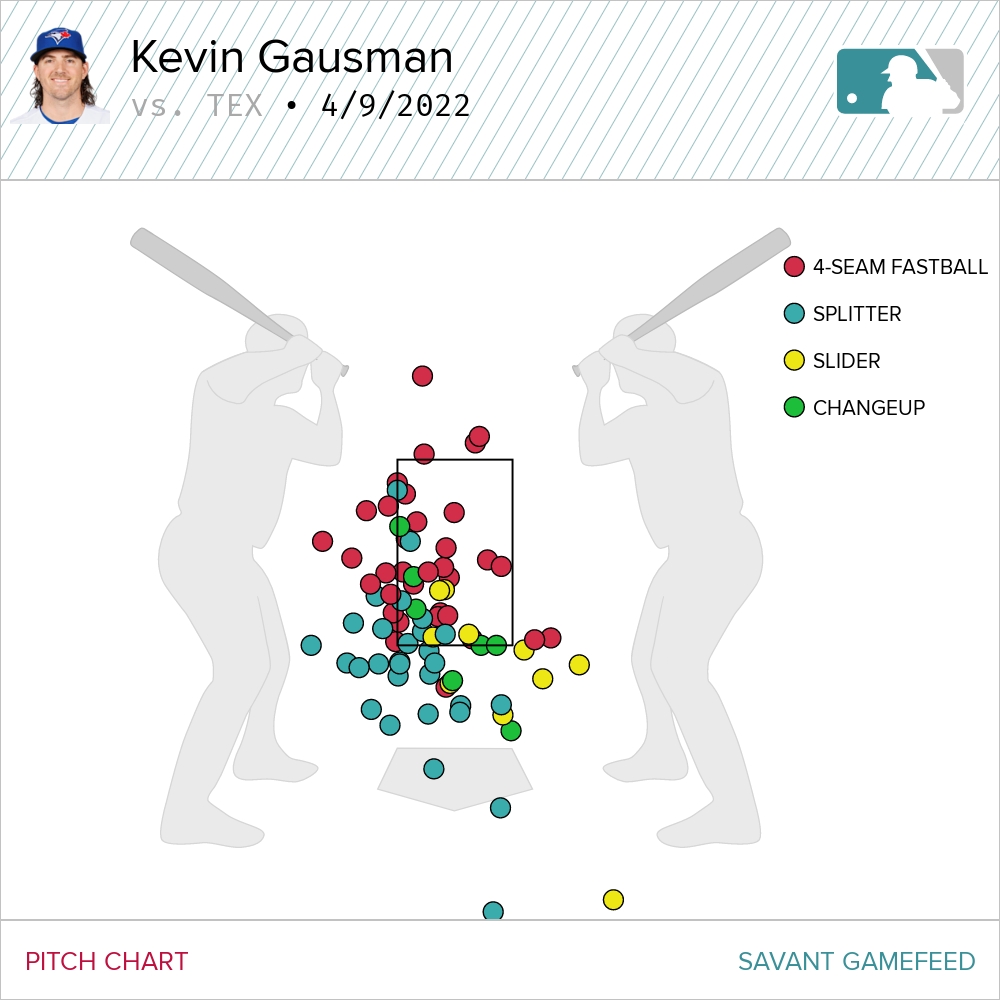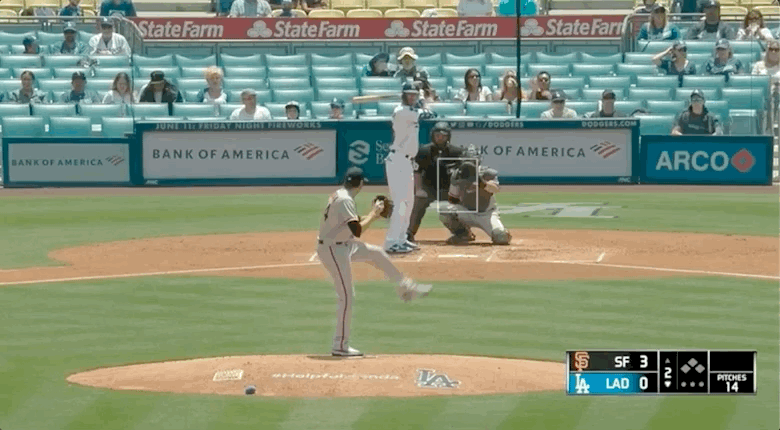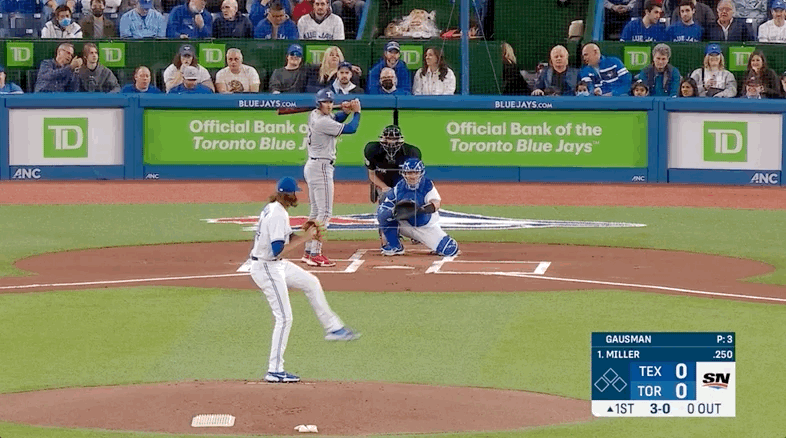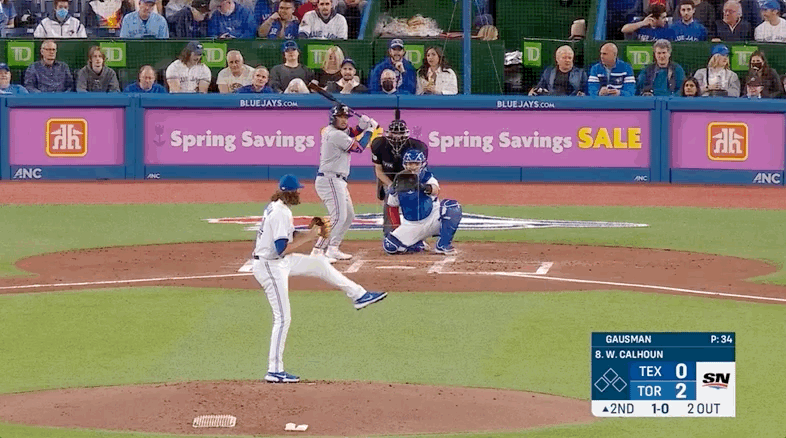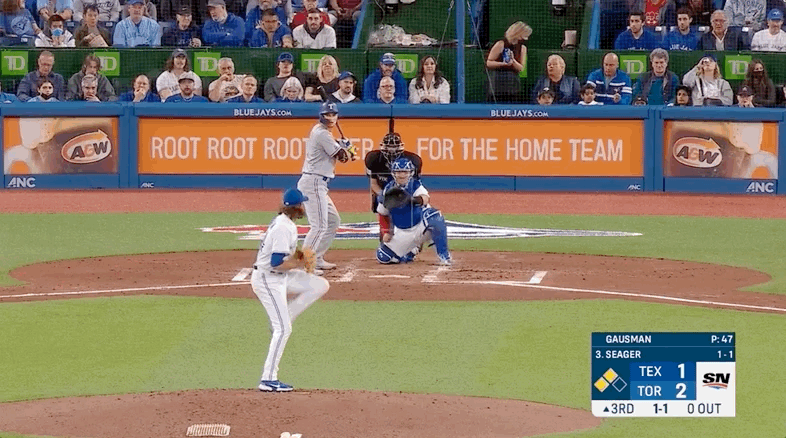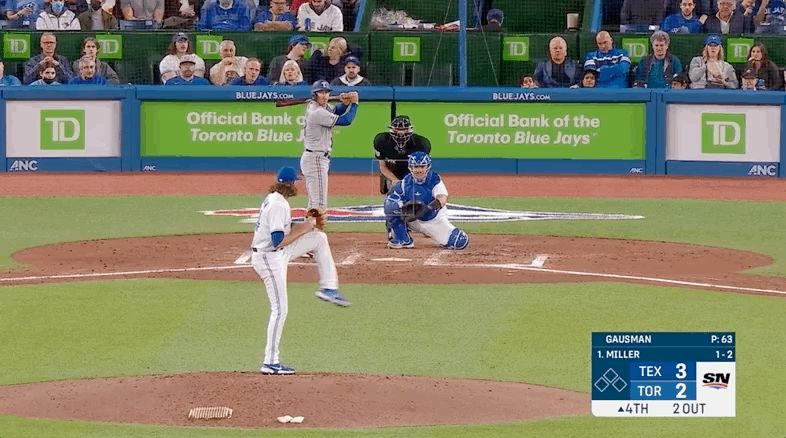
TORONTO — For the Toronto Blue Jays, there was bound to be an adrenaline dump following Friday’s ludicrous, rollicking, did-that-actually-just-happen comeback against the Texas Rangers, in which the club became only the third since 1901 to overcome a seven-run deficit on opening day, and laid down one hell of a marker as to their intentions for the season to come.
There’s an inevitable emotional hangover from pandemonium like that, and you can be sure every player felt the drag as the Jays reported back to Rogers Centre for Game 2 of 162 only hours after they’d departed following Game 1, facing the first quick-turn, day-game-after-night-game test of the season. Put another way: everyone really needed their coffee for this one.
But what Blue Jays manager Charlie Montoyo really, really needed, looking at a reliever availability card full of yellows (could pitch if needed), oranges (use only in case of emergency) and, in Trent Thornton’s case, a full red (absolutely unavailable) after asking his bullpen to record the final 26 outs of Friday’s ordeal, was a strong start from Kevin Gausman.
Or a lengthy one, at least. Cough up some hits, some runs if you have to. Just scatter the damage over, say, five innings rather than condensing it into one — as Jose Berrios did the night prior — so that his bullpen isn’t underwater less than 48 hours into the season.
And that’s exactly what Gausman provided. Three runs on eight hits over five frames of work — about as extended as outings get with starters on strict pitch counts following a condensed spring — in a 4-3 Blue Jays victory over the Rangers.
Gausman struck out five along the way, keeping things close enough for Toronto’s quick-strike offence to do the rest. That started with a couple scratched-across runs in the first, and continued with a couple much louder ones later, as Bo Bichette launched his first homer of the season and Santiago Espinal continued to convert a winter’s hard work into tangible spring results, plating the go-ahead run with a hard, run-scoring double in the sixth.
That was the third ball to come off Espinal’s bat at 106 mph or harder over his first four plate appearances of the season. Do you know how many balls he put in play that hard over 246 plate appearances last season? Zero. Zilch. Not even one.
Cynical observers scoffing at “best shape of my life” proclamations is as tired a spring training occurrence as the proclamations themselves. But the result of the 15-plus pounds Espinal added over the off-season is so far measurable and real. Will it last throughout the season, as the grind of daily training, nightly games, weekly travel, poor sleep and unideal nutrition wears him down? We’ll see. But you can’t argue with what he’s shown so far.
Meanwhile, Gausman’s splitter was devastating, as per usual, generating 11 whiffs on 22 swings. His slider usage was higher than normal — something to monitor and possibly an insight into how he could continue evolving as a starter with his new team. And he flashed his changeup against left-handers, earning a pair of swinging strikes with a pitch that can be very useful for him when it’s on.
But the way Gausman located his fastball was particularly interesting, as he and catcher Alejandro Kirk worked it both down and on the arm-side of the plate against a lefty-laden Rangers lineup.
Gausman’s typical formula is simple to summarize — much less so to hit: Fastballs up, splitters down. Tunnelling the vastly different offerings while repeating a consistent arm angle and release point, making them indistinguishable from one another until it’s too late. Using that deception and unpredictable sequencing to keep hitters guessing. Trusting his stuff on the plate, believing that even if they do guess correctly, it’s nasty enough to avoid barrels for weak contact or to miss bats entirely.
This two-pitch sequence to Cody Bellinger from last season, in which Gausman follows up a 95-mph heater with an 85-mph splitter in the same lane, is a pretty good example:
It’s not so dissimilar from the approach Robbie Ray used atop the Blue Jays rotation last season to win the AL Cy Young. Here’s my primary pitch, a heavy heater. It’s on the plate. Try to hit it. Here’s my secondary pitch, a wicked slider in Ray’s case. It’s on the plate. I made it look an awful lot like my fastball out of my hand. Again, try to hit it.
And when the formula works as well as it has for Gausman and Ray, why complicate it any further? That’s why the Blue Jays are asking their catchers to set up right down the heart of the plate for Gausman, just as they did for Ray. Why they’re asking them to give him a clear target in the box, encouraging him to rip pitches in the zone and let them eat. It’s not a coincidence that Kirk, who caught 19 of Ray’s 36 starts as a Blue Jay, drew the assignment for Gausan’s debut Saturday.
But there was an interesting new wrinkle. Ray used to rave about the way Kirk received pitches at the bottom of the zone, and the objective measures back him up. According to Baseball Savant, Kirk helped convert 61.7 per cent of the taken pitches he received at the bottom of the strike zone into called strikes, the highest mark of any qualified catcher in the game.
And if you’ve seen Gausman work before, you can imagine why the Blue Jays would pair these two together. But it may not only be for the obvious sake of stealing the right-hander a few strikes with his splitter at the knees.
To wit, here’s Kirk helping Gausman get a much-needed strike in a 3-0 count only four pitches in to Saturday’s game:
And here he is framing up another, helping Gausman even a count against Willie Calhoun with two out an inning later:
Then there was this one that got Gausman ahead of Corey Seager in a critical, third-inning spot with two runners in scoring position and none out:
And finally, perhaps Kirk’s finest frame of the night, which stole another strike against Miller as Gausman was pushing up against his pitch count:
The commonality between those pitches? All fastballs. The same kind of heaters Kirk regularly helped Ray get called as strikes last season.
Yes, elevating pitches is always going to be an important part of Gausman’s game, as he creates vertical separation working north with fastballs and south with his splitter. But if he can start getting a few more fastball strikes down and on the edges as well, it’s only going to open up further avenues for him to sequence. Now, hitters can’t assume every pitch down in the zone is a splitter likely to end up near the dirt. It might just be a fastball Kirk will vacuum up at the knees for a called strike.
Just as pitchers can’t assume they’ll blow fastballs past Espinal’s bat any more — or that any pitch he puts in play can be gobbled up easily. Yes, it’s early in the season. Not everything we’re seeing now will stick. Mirages lie everywhere. But as the Blue Jays moved to 2-0 on the season, they did offer a couple interesting glimpses at how games could be evolving.


